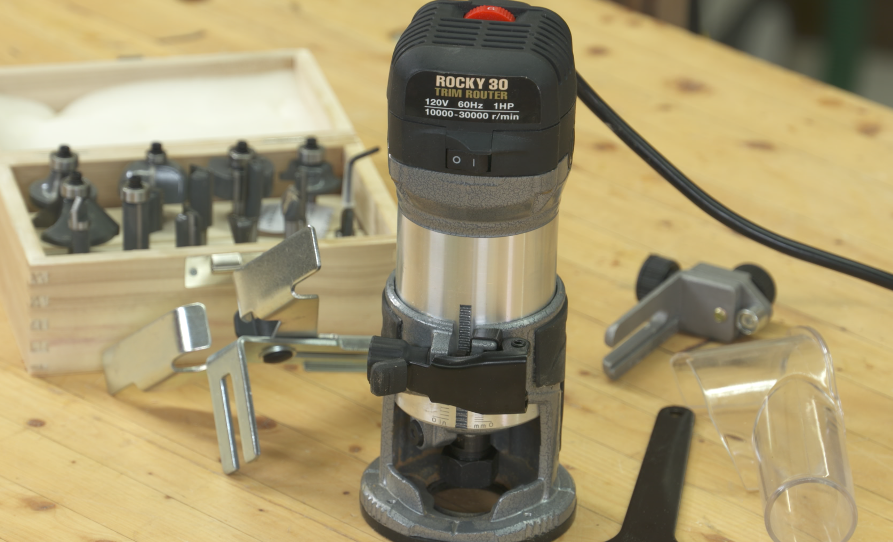Woodworkers have many options when it comes to their sawing needs. One option is to use a wood router saw. A router saw is an excellent tool for learning how to use a saw in a variety of ways. Using a router saw, you can improve your skills while creating beautiful pieces of furniture and other wood items.
 |
| Wood Router Saw Tips |
5 Helpful Tips for Learning How to Use a Wood Router Saw
Woodworking can be a fun and rewarding project, but it can also be quite challenging. Here are some helpful tips for learning how to use a wood router saw.
 |
| Learning How to Use a Wood Router Saw |
1. Read the Manual
Before even powering up your wood router saw, take the time to read through the instructions in the manual. Carefully learn how to set up and use the machine, as this is essential for staying safe when using a new tool. Familiarize yourself with safety features like guards and guards for cutting edges included on your saw before attempting any routing tasks.
2. Use Sharp Blades
The more precise you need your cuts to be, the sharper your blades must be. Make sure to select sharp blades for whichever type of job you are about to perform so that you don’t end up with jagged or uneven edges in your finished product. Also, consider investing in high-quality blades from reliable brands.
3. Practice Makes Perfect
It can be very tempting to skip this step and jump right into cutting wood with your new wood router saw, but it is important to be moderate, especially at first. Take some scrap pieces of wood and run through some practice cuts before moving on to an actual crafting project or detailed working piece of furniture — it will save you a lot of headaches if something goes wrong!
4. Go Slow
Router saws move quickly and can effortlessly create deep cuts into the material if they aren’t operated carefully. Remember to always go slow and steady with your cut until you become accustomed to how much force you need to apply when using this type of saw. Alternatively, find a router speed controller to adjust speeds accordingly and keep tight control over whatever projects you’re undertaking!
5 Take Breaks
It's important to take breaks between lengthy jobs when operating a power tool like a wood router saw, as it reduces the risk of accidents and fatigue in home workshops and industrial settings.
In conclusion, those looking to get the most out of a wood router saw should be familiar with the different ways they can be used. With this knowledge, they can make the most of their saw and achieve desired results.








